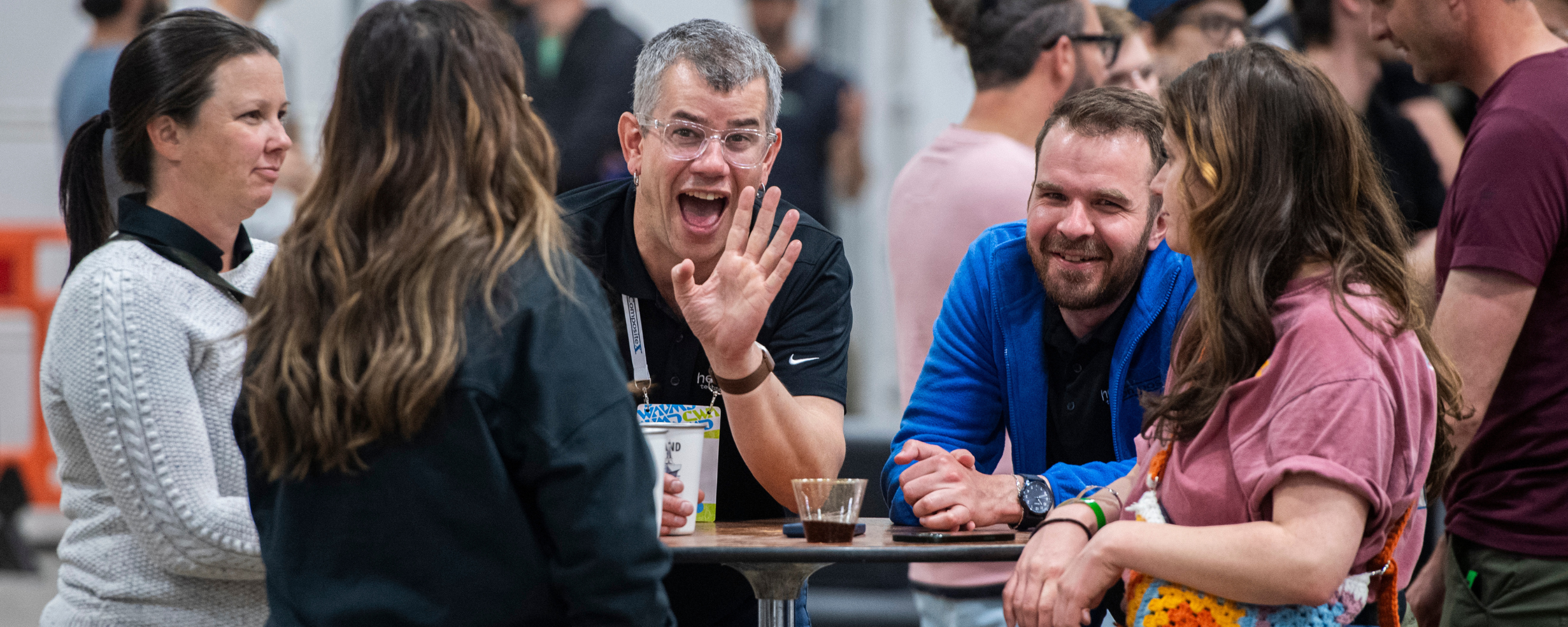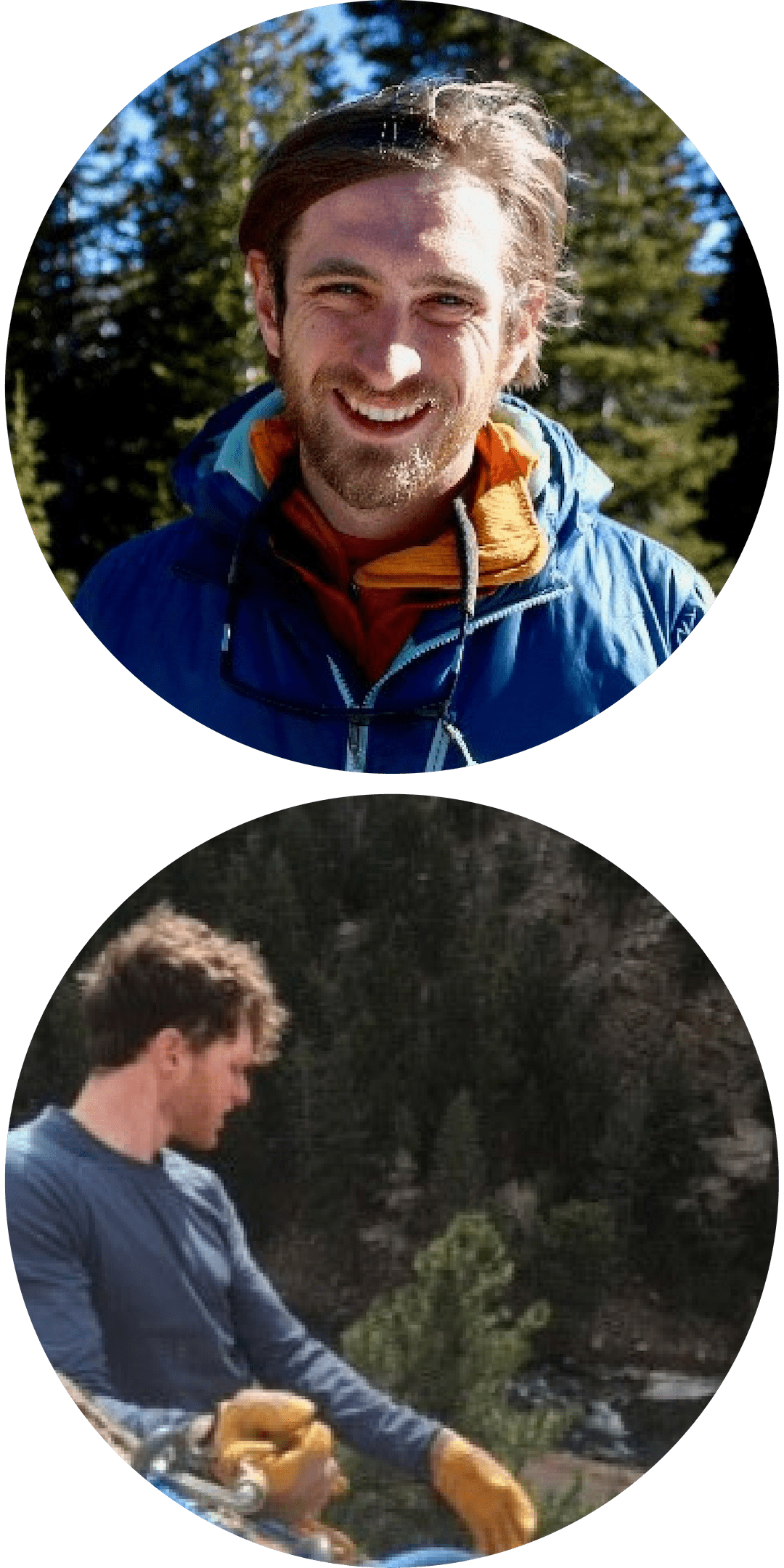Community Building in Indoor Climbing Gyms: Part 4 - Asset Mapping

In the last several articles in this series, we have covered why investing in community building is worthwhile for your gym.
Article At A Glance |
|
In this article, we will focus on the benefits of investing in outreach and engagement to your broader community and all the interested parties in your community, to build a strong community of support and invite a broader community to your programs and facilities.
We will propose a process that helps you understand who are interested parties in your gym, what resources exist, and how to expand the community of support for your gym.
Who is your community?
For most climbing gyms, the answer to this question is quite simple: our members.
But our community is as big as we let it be. To begin to understand the true breadth of our community and the resources at our disposal, we need to systematically analyze the people, resources, and assets of the community internally and connected to our gym.
This process is called asset mapping. To do this, we suggest gathering a small group of gym leaders and answering the following questions.
- What do you need? What needs does your gym have that are not yet met? Do you have a need to drive membership, increase your visibility, provide novel programs, or attract employees?
- In our first article in this series, we asked you to create a call to action. This call to action can guide your needs!
- Where can you find it? Where are these resources, people, or experiences in your community? Some key questions to ask are:
- What community groups, organizations, or associations exist that we can tap into?
- Who are key individuals in our community that we should connect with?
- What are spaces where individuals congregate?
- What are stories that need to be shared?
- What can you share? Sometimes, it is easiest to connect to and leverage community resources by first sharing assets we have internally.
- What is your mission as a business? What are your guiding principles for doing business?
- Who are the people that make up your team? What skills do they bring to the table?
- What’s your physical space? Do you have space you can lend?
- How are you connected? What are the resources that connect you to the broader community?
- Are there physical spaces or infrastructure that uniquely connect your gym to the broader community?
- What mission-driven organizations or nonprofits exist in your community that you are supporting or could support?
- Do you engage with schools, home-school students, or other community programs?
FREE RESOURCE DOWNLOAD! Blank Asset Map Inspired By This Article
Once you have engaged in the process, you can begin to connect the dots creatively. Leverage the resources highlighted by this process. Much of the time, it will reveal connections you didn’t know existed.
A Real-Life Case Study: Summer Slump to Summer Bump
A gym we know of noticed a significant dip in use during the summer months. Their call to action was to increase the number of member and non-member visits during the slow summer months.
In addition, individuals who never would have visited their space found themselves coming through the doors. Eventually, many members of the networking group became members and at least one of these organizations began to contract to bring youth groups during the summer months, helping the gym solve their low visitation.
A Case Study: Bringing in Customers on Two Wheels
A different gym that we are familiar with noticed that, while they had a strong and devoted membership group, their visibility in their community was quite low.
Their location was tucked away from high-traffic areas and the community they are based in was largely unfamiliar with rock climbing as a sport. One of the assets they identified in their community is the popularity of biking in and around the city. Not only that but the biking system is connected directly to their gym.
The gym decided to begin hosting group bike rides, leaving and ending at their location. They printed shirts with their gym name and lightly invested revenue in advertising to new audiences on social media. The bike rides served as a moving billboard in city areas that other active, fitness-focused people were using.
The bike rides grew in popularity, to the point that they required sign-ups and had to be capped in numbers, and unfamiliar faces began to show up, both at the rides and in the climbing gym.
By taking the time to think creatively about not just what we need, but the resources that exist in our community and the resources we have and can share, we can find unique ways to drive community interest and support, while meeting the needs of our organization.
What creative solutions can you find to your call to action leveraging your community assets? Share your successes with us in the CWA's Community Hub!
Free Resource Download!
Don't forget, we created a blank asset map for you to print out and use at your facility. Though it doesn't match the exact words the article uses, it creates a way to think creatively about what you have within your circle you may not have noticed.
About the Headwall Group
 The Headwall Group was founded by Bix Firer and Pat Brehm. Bix Firer (MA, University of Chicago) is an Associate Professor of Outdoor Studies at Alaska Pacific University and has worked as a wilderness educator, trainer, facilitator, and experiential educator for over a decade.
The Headwall Group was founded by Bix Firer and Pat Brehm. Bix Firer (MA, University of Chicago) is an Associate Professor of Outdoor Studies at Alaska Pacific University and has worked as a wilderness educator, trainer, facilitator, and experiential educator for over a decade.
Pat Brehm works as a professional organizational trainer and has spent his career as a climbing coach, facilitator, and outdoor educator.
